7- Consumer Demand for Inclusive Fashion
Highlights the shift in consumer expectations toward more inclusive and authentic representation, driven particularly by younger generations and social movements. It provides data-driven insights into consumer preferences, detailing how inclusivity positively influences purchasing decisions and brand perception.
How Customer Expectations Have Shifted Over Time
Customer expectations in the fashion industry have significantly evolved over recent decades. Historically, consumers passively accepted narrowly defined beauty standards, with limited representation dominating mainstream fashion brands. However, increased global connectivity, the rise of social media, and greater access to diverse perspectives via digital platforms have dramatically shifted these expectations. Modern consumers have become significantly more informed, socially conscious, and actively engaged in advocating for meaningful representation. They now expect brands to authentically reflect a broader spectrum of identities and experiences, including different ethnicities, body types, abilities, gender identities, and ages. Brands failing to meet these evolving expectations often face consumer backlash, social media scrutiny, reduced brand loyalty, and a decline in market influence.
The Role of Gen Z and Millennials in Driving Change
Generation Z and Millennials have played a pivotal role in pushing the fashion industry toward inclusivity. These generations have grown up in highly interconnected environments, heavily influenced by social media, digital activism, and globalized culture. They emphasize authenticity, social responsibility, and ethical representation in their purchasing choices, significantly reshaping consumer preferences. With substantial purchasing power, these younger demographics drive the demand for greater transparency, accountability, and inclusivity from brands. They are adept at mobilizing public opinion and utilizing digital platforms to amplify their voices, making it essential for brands to align their values and marketing practices with this influential consumer segment to maintain market relevance and competitiveness.
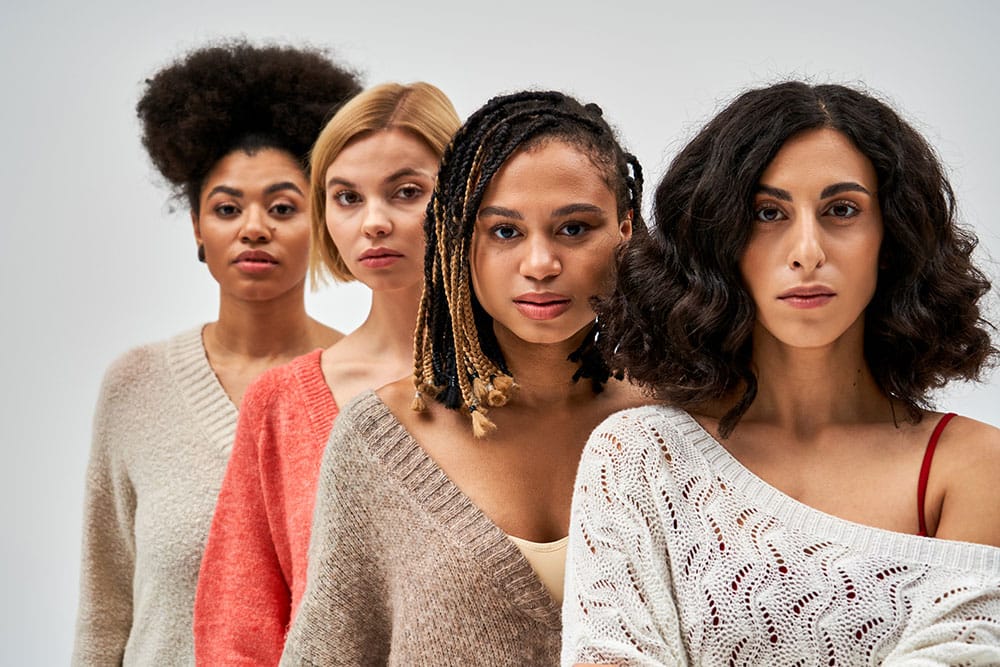
The Impact of Social Movements on Fashion Advertising
Social movements have significantly influenced fashion advertising, reshaping industry norms and expectations around diversity and representation. Movements such as Black Lives Matter, Me Too, body positivity, LGBTQ+ rights advocacy, and disability rights have brought intense scrutiny to traditional marketing practices, highlighting systemic biases and exclusionary practices. These movements have compelled brands to critically examine their advertising strategies, promoting authentic representation of marginalized communities. Many brands have responded by creating inclusive campaigns, actively partnering with advocates, and publicly committing to diversity and equality initiatives. These actions demonstrate a broader recognition of the fashion industry’s social responsibilities and its capacity to influence positive societal change.
Data and Trends- Consumer Response to Inclusive Campaigns
Extensive market data and research consistently highlight positive consumer responses to inclusive fashion campaigns. Inclusive campaigns frequently experience significantly higher engagement rates, greater consumer loyalty, and heightened brand affinity. Surveys and consumer studies have shown that inclusive representation strongly correlates with positive consumer sentiment, increased trust, and enhanced brand perception. According to various industry analyses, a vast majority of consumers actively prefer brands that prioritize diversity and inclusion, with many explicitly choosing to boycott brands perceived as insensitive or exclusive. Furthermore, financial analyses indicate inclusive brands typically see higher revenue growth, demonstrating that embracing diversity is not merely a social imperative but also a strategic business advantage that directly impacts profitability and long-term brand sustainability

8- The Challenges of Implementing Diversity in Fashion
Describes common pitfalls such as tokenism and internal biases that fashion brands face when implementing diversity initiatives. Offers practical recommendations for systemic changes within the industry, including improving recruitment practices and maintaining a balance between inclusivity and brand identity.
Tokenism vs. Authentic Inclusion-How to Avoid Performative Activism
One significant challenge in implementing diversity within fashion campaigns is avoiding tokenism, the superficial or symbolic inclusion of minority groups to appear diverse without making substantive or genuine changes. Tokenism can undermine brand authenticity, alienate consumers, and diminish trust. To prevent tokenistic representations, fashion brands must commit to genuine inclusivity through consistent, meaningful engagement. This includes integrating diversity across all business practices, from product development and marketing campaigns to hiring practices and corporate leadership. Brands must demonstrate authenticity by actively listening to marginalized communities, accurately representing their experiences, and involving them directly in decision-making processes. Establishing clear, accountable diversity and inclusion goals and regularly evaluating performance against these objectives helps ensure genuine progress rather than performative gestures. Additionally, collaborating with experts and representatives from diverse communities can guide brands in avoiding superficial measures, leading to more credible and authentic initiatives.

Addressing Internal Biases in the Fashion Industry
Another considerable hurdle is the presence of deeply embedded internal biases within the fashion industry. These biases, often unconscious, shape decision-making at multiple levels, from hiring practices and talent scouting to campaign development and product design. They influence who gets featured in major campaigns, whose designs are prioritized, and which narratives are considered “marketable.” As a result, many fashion brands continue to reinforce outdated beauty and style norms, sidelining diverse voices and limiting opportunities for underrepresented talent.
To effectively address these biases, brands must commit to fostering an environment of continuous learning and self-reflection. Education and training on unconscious bias and inclusivity should not be seen as a one-time initiative but as an ongoing process integrated into company culture. Workshops, sensitivity training, and case studies on successful diversity-driven campaigns can help employees at all levels recognize their biases and understand the value of inclusivity. Additionally, brands should invest in mentorship programs and sponsorship opportunities for individuals from underrepresented backgrounds, ensuring that diverse talent has access to leadership roles and decision-making positions.
Leadership commitment plays a crucial role in setting the tone for inclusivity. Executives and creative directors must lead by example, championing diversity not only in external campaigns but also within their teams. Creating internal diversity councils or task forces can provide a structured approach to addressing biases and ensuring accountability. Furthermore, establishing clear diversity goals—such as increasing representation in leadership, hiring diverse designers, and collaborating with models from various ethnicities, body types, and abilities—ensures that inclusivity is not just a marketing strategy but a core value.
Beyond internal policies, transparency is key. Brands should publicly share their diversity and inclusion initiatives, making their commitments clear to consumers and industry stakeholders. Regularly publishing reports on diversity metrics, promotion rates, and inclusivity efforts helps maintain accountability and build trust. Open communication within the company, where employees feel empowered to voice concerns about bias or exclusion, fosters a more progressive and equitable work culture.
Ultimately, addressing internal biases requires a long-term, systemic approach. Implementing inclusive hiring practices, diversifying creative teams, and establishing measurable diversity benchmarks can significantly impact the industry’s evolution. Brands that take meaningful steps to dismantle internal biases not only contribute to a fairer fashion industry but also resonate more authentically with today’s consumers, who increasingly demand genuine representation and social responsibility. By fostering a culture of inclusivity from within, fashion brands can drive lasting change, setting new standards for the industry as a whole.

Challenges in Sourcing Diverse Talent and Models
Sourcing diverse talent and models poses another significant practical challenge. Despite increasing awareness, many agencies and fashion brands still struggle to access a sufficiently diverse talent pool, often due to traditional networks, limited outreach efforts, and narrow recruitment practices. Historically, the fashion industry has been dominated by Eurocentric beauty standards, which have led to systemic biases in casting choices and a lack of opportunities for underrepresented groups, including people of color, plus-size models, individuals with disabilities, and those from diverse gender identities.
One of the main barriers to achieving genuine diversity is the reliance on long-established modeling agencies and industry connections that often do not prioritize inclusivity. Many casting directors continue to pull from a select group of talent, making it difficult for fresh and diverse faces to break into the industry. Additionally, unconscious biases in hiring decisions can perpetuate a cycle where the same types of models are chosen repeatedly, limiting the visibility of others.
To overcome these challenges, brands must adopt proactive measures to expand their reach beyond conventional recruitment practices. Collaborating with specialized agencies that focus specifically on diverse talent can help bridge the gap, ensuring that a broader range of individuals is considered for campaigns. Engaging with community organizations, grassroots groups, and cultural institutions can also provide direct access to underrepresented voices, helping brands connect with talent that may not have traditional industry representation.

Social media and digital platforms have become essential tools for discovering and promoting diverse talent. Platforms like Instagram, TikTok, and LinkedIn offer opportunities for brands to scout models and influencers from different backgrounds who may not be represented by mainstream agencies. Hashtag campaigns, virtual casting calls, and open submissions allow aspiring models to showcase their uniqueness without the barriers imposed by traditional gatekeepers.
Beyond recruitment, brands must also invest in developing long-term relationships with diverse talent rather than treating diversity as a temporary trend or marketing strategy. Many models from marginalized communities face higher hurdles in securing consistent work, fair treatment, and equal pay compared to their counterparts who fit conventional beauty norms. Supporting initiatives that cultivate emerging talent from underrepresented backgrounds—such as mentorship programs, scholarships, and training workshops—helps establish sustainable pipelines of diversity within the fashion industry.
Additionally, ensuring that diverse talent is not just present but also properly represented in campaigns is crucial. Too often, brands tokenize diversity by including a single model of color or plus-size individual without genuinely integrating inclusivity into their brand identity. Authentic representation means featuring models in ways that honor their cultural backgrounds, body types, and personal identities rather than forcing them to conform to mainstream aesthetics.
Ultimately, addressing the challenges of sourcing diverse talent and models requires a fundamental shift in the industry’s mindset. Fashion brands must move beyond performative inclusivity and embrace real, systemic change by fostering a culture of representation, accessibility, and equity. By doing so, they not only create more inclusive campaigns but also contribute to a fashion landscape that truly reflects the diversity of its global audience.

Striking the Right Balance Between Diversity and Brand Identity
Striking the right balance between embracing diversity and maintaining a coherent brand identity can be complex. Brands may fear losing their core identity or alienating existing customers when introducing significant changes in campaigns and messaging. However, diversity need not conflict with brand identity—instead, it can enrich and elevate it.
To successfully navigate this balance, brands should integrate diversity as a fundamental part of their core values and messaging strategy, ensuring consistency and authenticity. This means moving beyond performative representation and embedding inclusivity into every aspect of the brand—from product design and casting choices to marketing narratives and internal company culture. When diversity is treated as an afterthought or a one-time campaign strategy, it risks coming across as inauthentic, potentially leading to consumer backlash.
Carefully planned campaigns, thoughtful storytelling, and strategic alignment with a brand’s heritage and values can effectively incorporate diversity, enhancing both market relevance and consumer connection. Brands that successfully strike this balance often do so by leveraging their unique history and ethos to create inclusive narratives that resonate with a wide audience while staying true to their essence. For instance, luxury brands with a strong heritage can embrace diversity by showcasing the global influences that have shaped their craftsmanship, while streetwear brands can amplify their connection to diverse subcultures through authentic collaborations and representation.
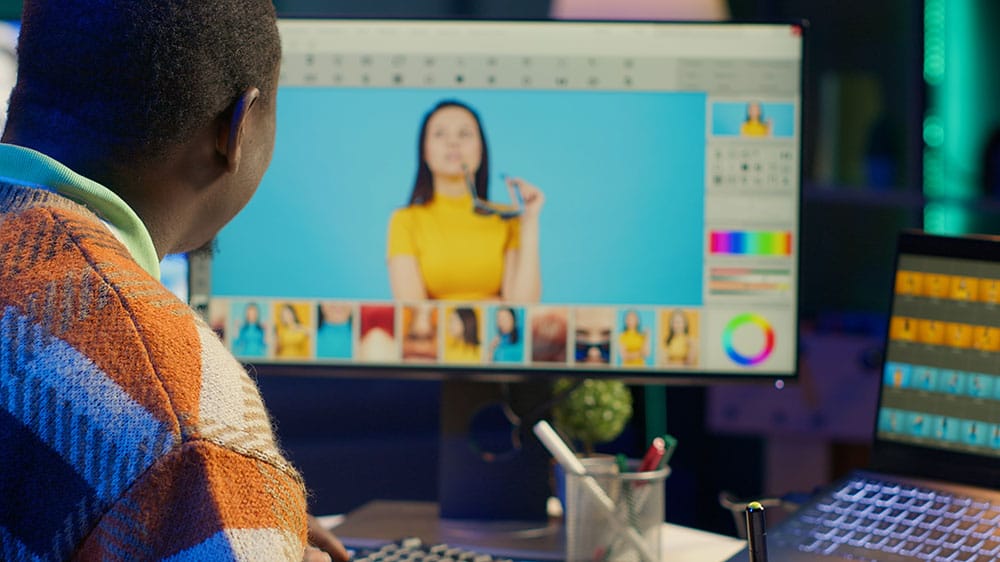
Moreover, involving diverse voices behind the scenes is equally critical. Fashion brands that prioritize inclusive hiring practices in creative and decision-making roles ensure that diversity is not just a marketing initiative but a deeply embedded philosophy. By fostering an internal culture that values diverse perspectives, brands can create campaigns that genuinely reflect and celebrate the richness of global communities.
Consumer expectations are also evolving, with younger generations, particularly Gen Z and Millennials, prioritizing inclusivity and social responsibility when making purchasing decisions. They demand representation that goes beyond tokenism and seek brands that reflect their values. Failing to address this shift can make brands seem outdated or out of touch, while those that authentically embrace diversity gain stronger emotional connections with their audiences.
Ultimately, diversity and brand identity should not be seen as opposing forces. Instead, they can coexist and mutually reinforce one another, allowing brands to remain relevant in an increasingly multicultural and socially conscious market. When done right, diversity is not just a marketing trend—it becomes an essential element of brand longevity and success.

9- Future Trends in Diversity and Inclusion in Fashion
Outlines emerging trends shaping the future of diversity and inclusion, including the role of AI and technology in personalized and adaptive fashion, the integration of sustainability with ethical inclusion practices, and strategies for engaging global and emerging markets authentically. It forecasts how adaptive fashion will become increasingly prominent, serving diverse consumer needs effectively.
AI and Technology’s Role in Inclusive Fashion
Artificial Intelligence (AI) and technology are rapidly shaping the future of fashion, particularly in the realm of diversity and inclusion. AI technologies such as virtual fitting rooms, personalized styling algorithms, and predictive trend analysis offer customized experiences tailored to diverse consumer needs. These technologies allow brands to efficiently recognize and cater to an expansive range of body types, skin tones, and personal preferences, providing a more inclusive shopping experience. Furthermore, advanced AI-driven data analytics enable brands to understand consumer diversity better, anticipate market shifts, and effectively respond with inclusive product offerings and marketing campaigns. Technologies like 3D body scanning, virtual avatars, and augmented reality also enhance the inclusivity of fashion, making online shopping more accessible, personalized, and representative of real-world diversity.
Sustainable and Ethical Fashion’s Connection to Inclusion
Sustainable and ethical fashion are deeply intertwined with diversity and inclusion, as both emphasize accountability, transparency, and social responsibility. Inclusive practices align naturally with sustainability, focusing on fair labor conditions, equitable pay, ethical production processes, and respecting cultural traditions and artisan communities. By advocating for the rights and representation of marginalized communities and groups often overlooked in traditional supply chains, sustainable brands reinforce their commitment to inclusion. Additionally, inclusive fashion brands frequently champion sustainable practices, recognizing the importance of holistic responsibility that benefits people and the planet. Consumer interest in sustainable and ethical brands is growing rapidly, especially among socially-conscious demographics, providing further motivation for fashion brands to integrate both sustainability and inclusivity into their core values and practices.
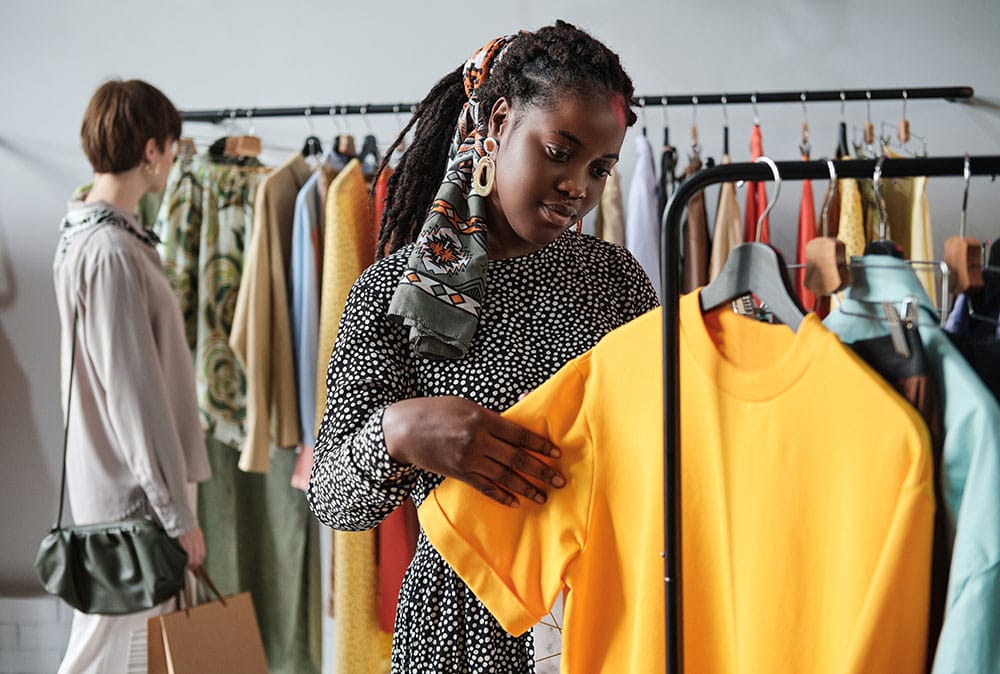
Emerging Markets and Global Representation in Fashion
As the global fashion market expands, emerging markets represent significant opportunities for inclusive representation. Countries across Asia, Africa, Latin America, and the Middle East are becoming influential players, driving global fashion trends and consumer demand. Fashion brands recognizing and authentically engaging these diverse regions can achieve substantial growth by reflecting local cultures, traditions, and consumer preferences in their campaigns. Global representation in fashion campaigns fosters cross-cultural appreciation, increases brand loyalty, and enhances market penetration in new regions. It also positions brands favorably to capitalize on the growing purchasing power and influence of consumers from these emerging markets.
The Future of Adaptive and Accessible Fashion
Adaptive and accessible fashion, designed specifically for individuals with disabilities or unique physical needs, is emerging as a significant and essential segment of inclusive fashion. Historically underserved, this community is increasingly recognized for its vast consumer potential and need for fashion solutions that provide dignity, comfort, and style. Innovations in adaptive clothing, such as magnetic closures, adjustable garments, sensory-friendly fabrics, and smart textile technologies, offer practical solutions to traditional fashion barriers. Major brands like Tommy Hilfiger and Nike have already made significant strides in this space, demonstrating the feasibility and commercial potential of adaptive fashion. As awareness and advocacy grow, adaptive fashion is poised to become a mainstream component of the fashion industry’s commitment to diversity and inclusion, improving accessibility and representation for millions worldwide.

10- Key Takeaways and Actionable Steps for Fashion Brands
After thoroughly exploring how diversity and inclusion have reshaped fashion campaigns historically, socially, and commercially, it’s crucial to distill practical insights and actionable strategies that brands can integrate into their everyday practices. To effectively prioritize diversity and inclusivity, fashion companies must embed these values deeply into their brand identity, strategies, and consumer engagement. Here, we provide clear guidance and concrete measures to help brands create authentic, meaningful, and lasting commitments to diversity and inclusion.
How Brands Can Implement Genuine Diversity in Campaigns
Implementing genuine diversity is not merely a one-time marketing tactic but a thoughtful and strategic initiative that permeates all aspects of a brand’s vision, operations, and consumer communication. Genuine diversity means going beyond surface-level representation and ensuring that diversity shapes core business decisions, creative direction, and brand ethos.
Brands can implement authentic diversity by
Conducting Authentic and Transparent Audits
Fashion brands must first assess their current state of diversity in campaigns and within internal structures honestly and transparently. Regularly auditing content, casting, and team compositions can help brands identify gaps, biases, or limitations in their current practices. This foundational step helps set clear goals and measurable objectives toward becoming more inclusive.
Prioritizing Inclusive Casting and Representation
Fashion campaigns must depict diverse individuals who reflect society’s rich tapestry—encompassing multiple ethnicities, body sizes, genders, sexual orientations, disabilities, and age groups. To achieve authenticity, casting directors should thoughtfully select models who genuinely embody these diverse identities, allowing the brand to connect emotionally and meaningfully with a broader audience.

Inclusive Creative Teams
Genuine diversity in campaigns begins behind the scenes. Hiring diverse creative professionals—such as stylists, photographers, creative directors, and strategists—ensures diverse perspectives are inherently part of the conceptualization, planning, and execution phases. A creative team representative of the target audience fosters authenticity and mitigates cultural insensitivity or misrepresentation.
Cultural Education and Sensitivity Training
Fashion brands should invest in continuous education and training for their teams to increase cultural awareness and sensitivity. Brands should provide resources, workshops, and seminars addressing biases, privilege, and cultural competency. These steps help teams craft responsible, respectful, and effective inclusive marketing campaigns.
Collaboration and Community Engagement
Brands can engage authentically with diverse communities through direct collaboration, feedback loops, and participatory campaigns. Involving diverse consumers in focus groups or content co-creation helps brands understand and respect cultural nuances. These insights also encourage transparency, build trust, and enhance customer loyalty.
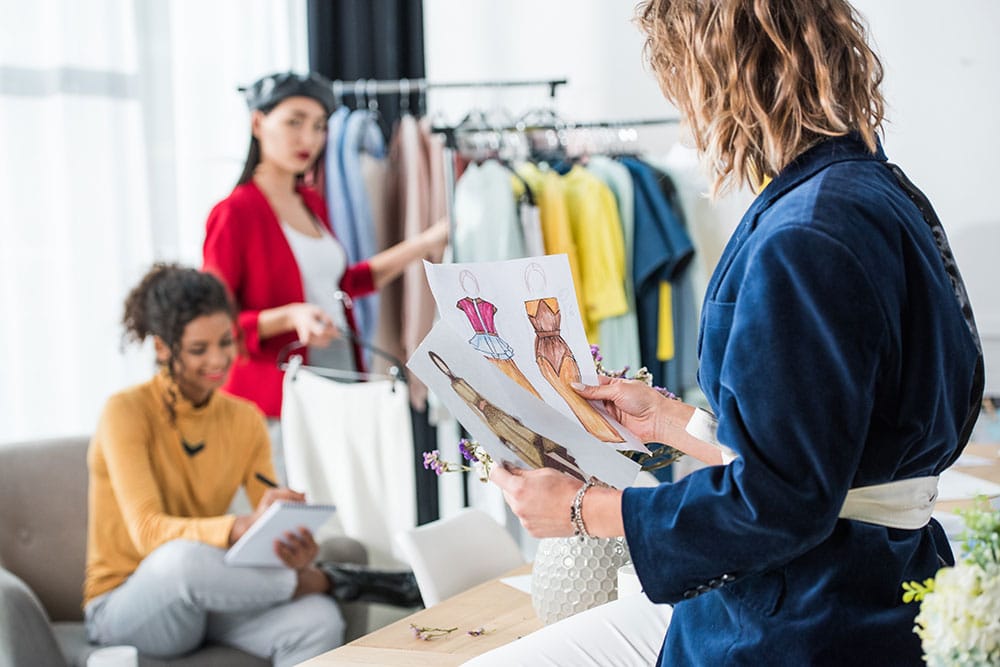
Best Practices for Inclusive Marketing Strategies
To consistently succeed in inclusive marketing, fashion brands should follow proven best practices tailored toward ongoing authenticity and meaningful engagement
Clear and Genuine Messaging
Clearly communicating inclusive values consistently across all brand touchpoints—from social media to print advertisements—is essential. Avoiding tokenism or superficial gestures, brands must ensure their messaging genuinely aligns with their stated values, demonstrating authenticity and integrity.
Storytelling and Representation
People resonate deeply with stories. Authentic inclusive marketing campaigns tell compelling narratives highlighting real individuals and their unique experiences. Storytelling showcases individuals beyond stereotypes or simplistic portrayals, creating emotional connections, empathy, and greater social awareness among consumers.
Intersectionality in Campaigns
Fashion campaigns should actively represent intersectionality, recognizing that individuals embody multiple intersecting identities. Campaigns addressing intersectional identities—such as a diverse age range among different ethnicities, diverse genders within body positivity campaigns, or individuals with disabilities across diverse cultural backgrounds—allow brands to showcase an authentic understanding of their audience’s complexity.
Consistent and Sustained Efforts
Consistency is crucial. Brands must continually demonstrate their commitment through sustained inclusive initiatives rather than short-term efforts tied to specific events or trends. Persistent inclusive marketing efforts reflect genuine brand values and help avoid accusations of performative activism or opportunism.
Active Listening and Adaptability
Brands must consistently listen to audience feedback and stay flexible. Actively seeking consumer opinions and feedback, through social listening tools, surveys, or community forums, ensures brands remain aware of shifting societal attitudes. Adaptability allows fashion companies to refine and evolve their inclusive strategies according to real-time feedback, consumer needs, and industry developments.
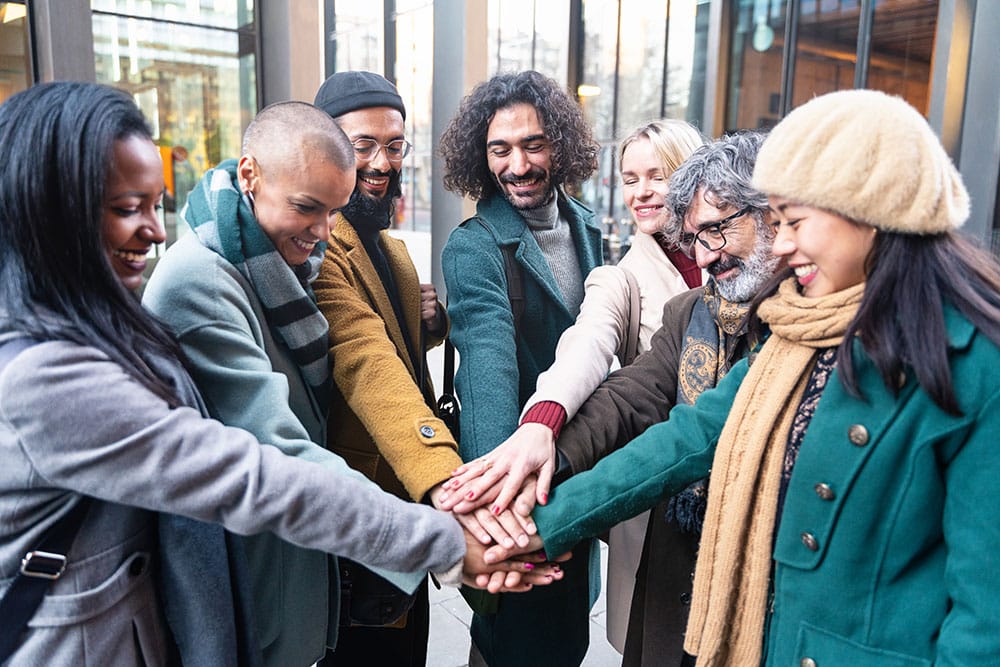
Building a Long-Term Commitment to Representation
Long-term commitment to representation requires strategic planning, dedication, and actionable policies. Here are several important steps brands can take to ensure lasting inclusivity and genuine diversity within their organizational and promotional activities
Establishing Inclusivity Policies
Officially documented policies that explicitly detail a brand’s commitment to diversity and inclusion—along with tangible objectives, measurable outcomes, and accountability mechanisms—provide clear guidelines for future campaigns and internal operations. Inclusive policies ensure consistent implementation and lasting effectiveness.
Diverse Leadership and Decision-Making
Brands must include diverse individuals in leadership and decision-making roles. Representation at the highest organizational levels helps establish diversity as an enduring value, influencing decisions about campaigns, brand directions, and company culture, resulting in genuine, consistent, and influential inclusion.
Measuring Progress and Accountability
Clearly defined metrics, such as representation statistics, employee satisfaction surveys, customer feedback, or market engagement analyses, can quantify inclusivity efforts and outcomes. Transparent public reporting on diversity metrics and milestones demonstrates genuine accountability and continuous improvement.
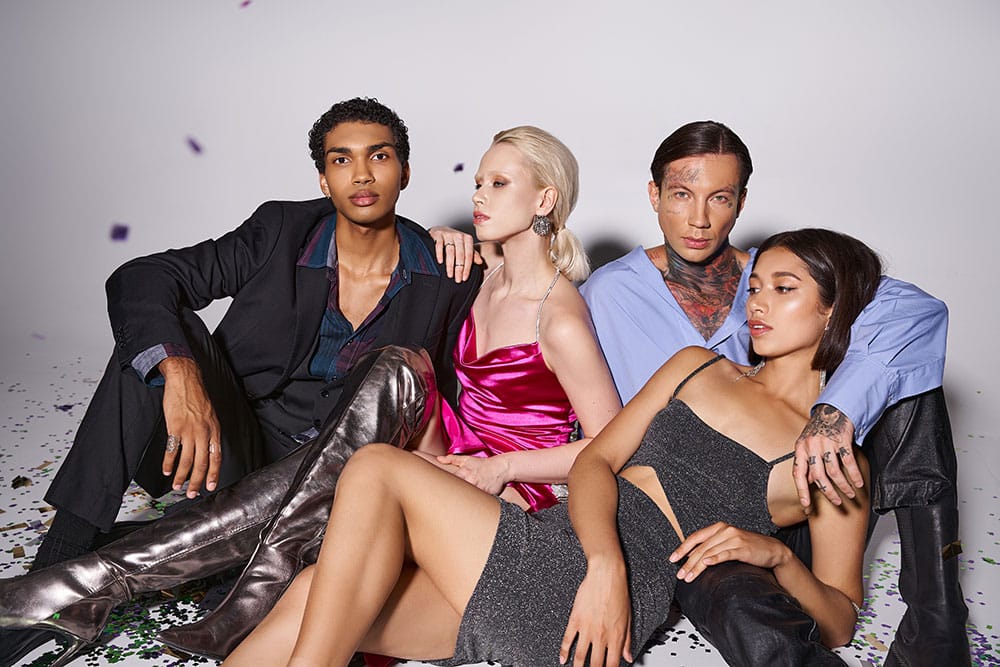
Investment in Diverse Talent Development
Brands should proactively invest in diverse talent through initiatives such as mentorship programs, internships, workshops, training programs, and scholarships. Supporting talent development within underrepresented communities ensures sustained long-term diversity in creative, leadership, and operational roles within the fashion industry.
Promoting Systemic Industry Change
Brands can partner with organizations dedicated to systemic diversity, equity, and inclusion improvements within fashion. Joint advocacy, funding, industry guidelines, and collective lobbying can create meaningful industry-wide shifts, amplifying individual brand efforts and facilitating broader social impact.
How Consumers Can Support Brands That Prioritize Inclusion
Consumer action plays a significant role in incentivizing fashion brands to prioritize inclusivity and diversity. Engaged consumers can amplify positive change through their purchasing decisions, advocacy, and community involvement. Here are actionable ways consumers can effectively support inclusive fashion brands
Conscious Buying Decisions
Consumers should intentionally support brands that transparently demonstrate genuine inclusion and diversity in campaigns, values, and operational practices. Prioritizing conscious purchasing behaviors sends clear market signals, incentivizing brands to continuously deepen their commitment to diversity.
Vocal Advocacy and Engagement
Consumers can actively champion brands demonstrating authentic representation through advocacy—whether via social media platforms, word-of-mouth recommendations, or community forums. Publicly acknowledging and promoting brands committed to diversity helps amplify inclusive narratives and reinforces brand accountability.
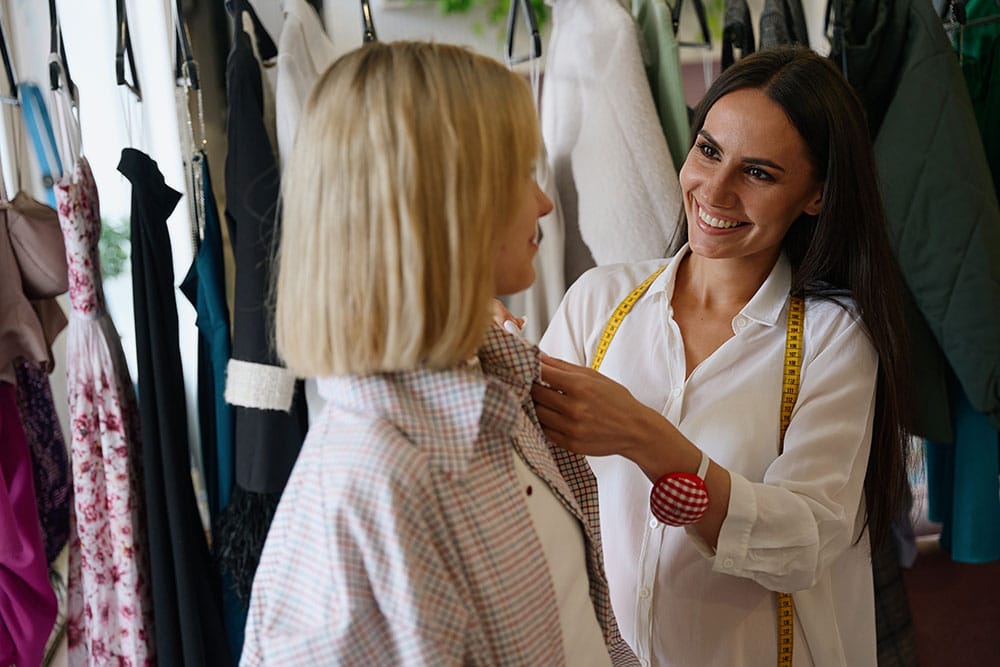
Providing Constructive Feedback
Consumers should proactively provide constructive feedback when encountering insensitive or non-inclusive campaigns. Direct engagement through emails, comments, or social media interactions can help brands recognize blind spots, adjust messaging, and ultimately enhance future inclusion strategies.
Educating and Raising Awareness
Actively educating peers about the importance of supporting inclusive brands creates broader awareness and fosters more substantial consumer demand for inclusive practices. Conversations within personal networks, educational contexts, or online communities can highlight brands leading in diversity, enhancing consumer literacy and collective action.
Supporting Minority-Owned Fashion Businesses
Choosing to actively support minority-owned fashion businesses creates direct economic empowerment and diversification within the industry. Consumers committed to inclusivity should consciously seek out and promote independent designers, brands, and entrepreneurs from underrepresented backgrounds, encouraging sustained industry-wide diversification.
Continue Reading
- The Impact of Diversity and Inclusion on Fashion Campaigns- Part 1
- The Impact of Diversity and Inclusion on Fashion Campaigns- Part 2
Written By: Adel Hachemi
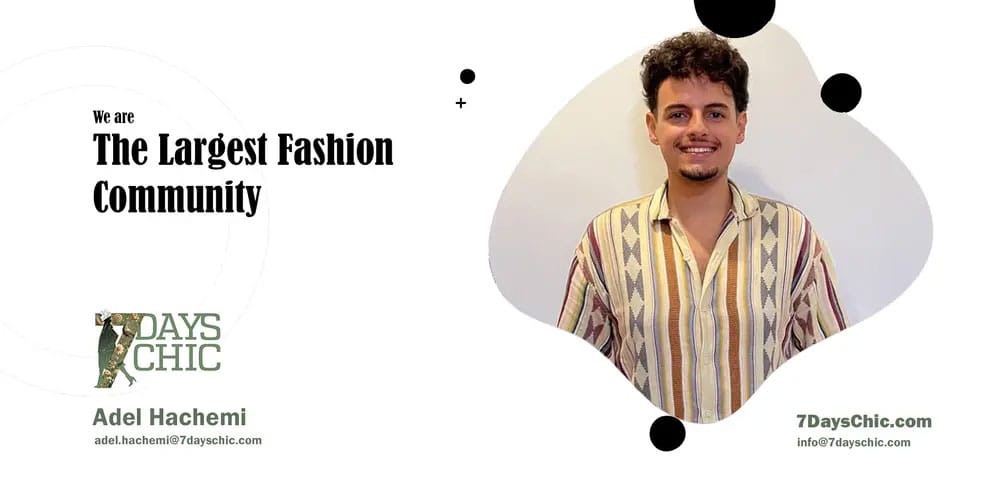


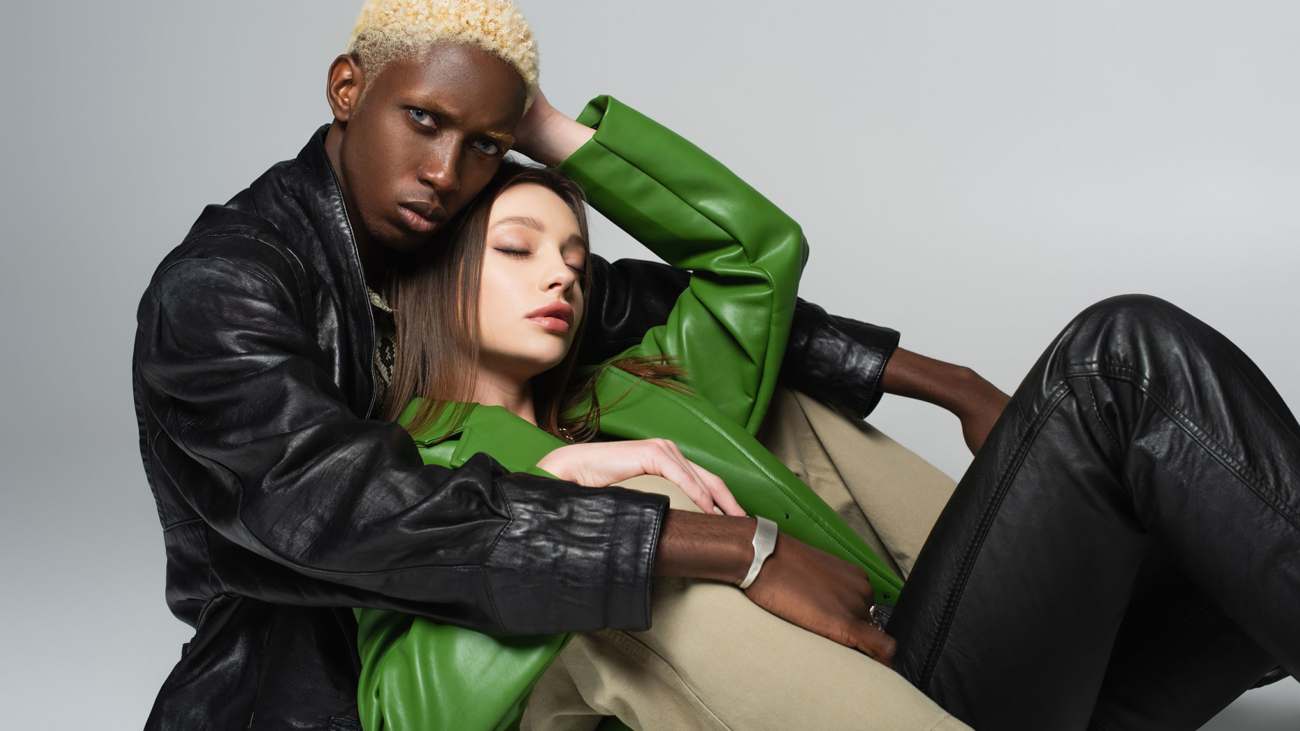
Add a Comment